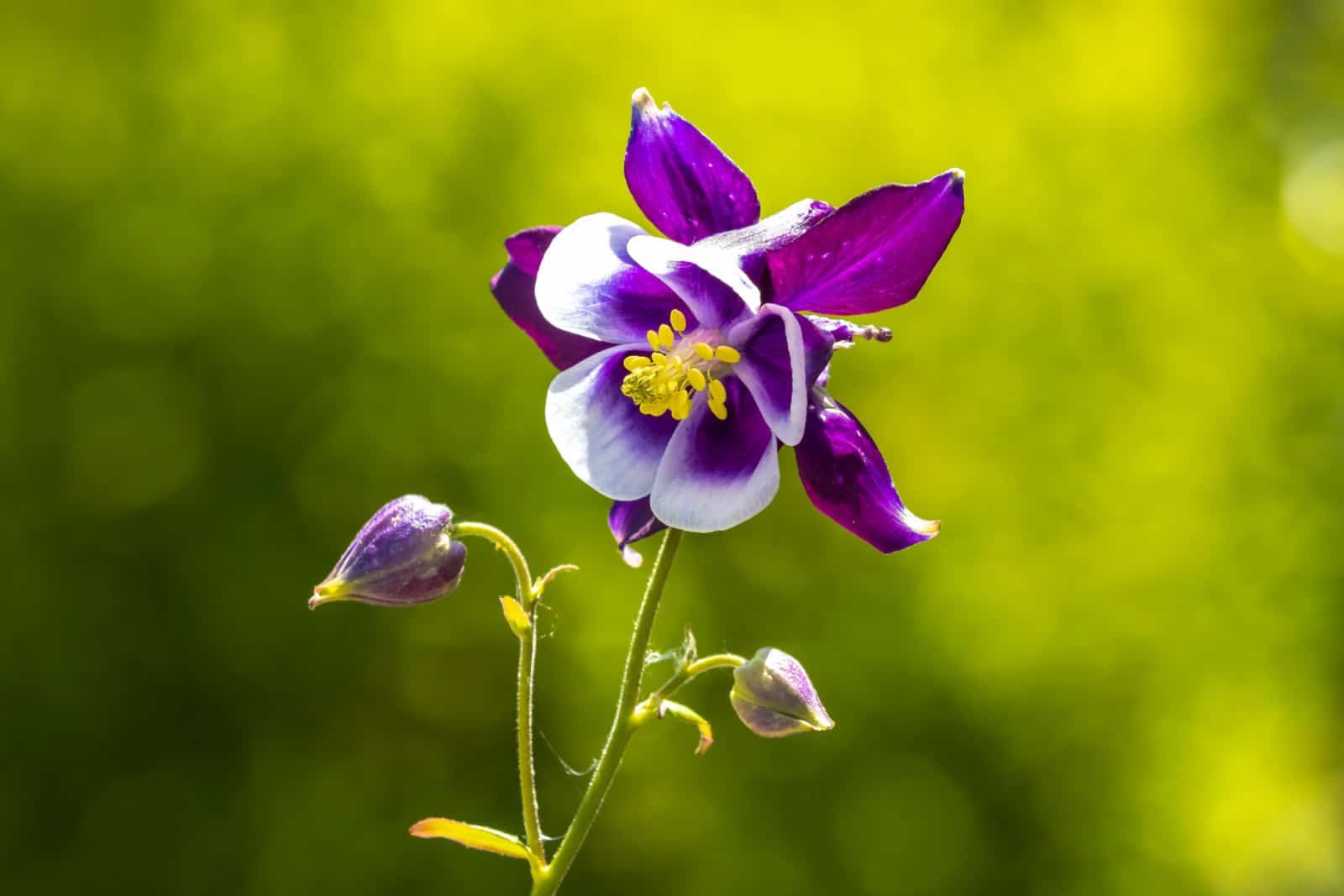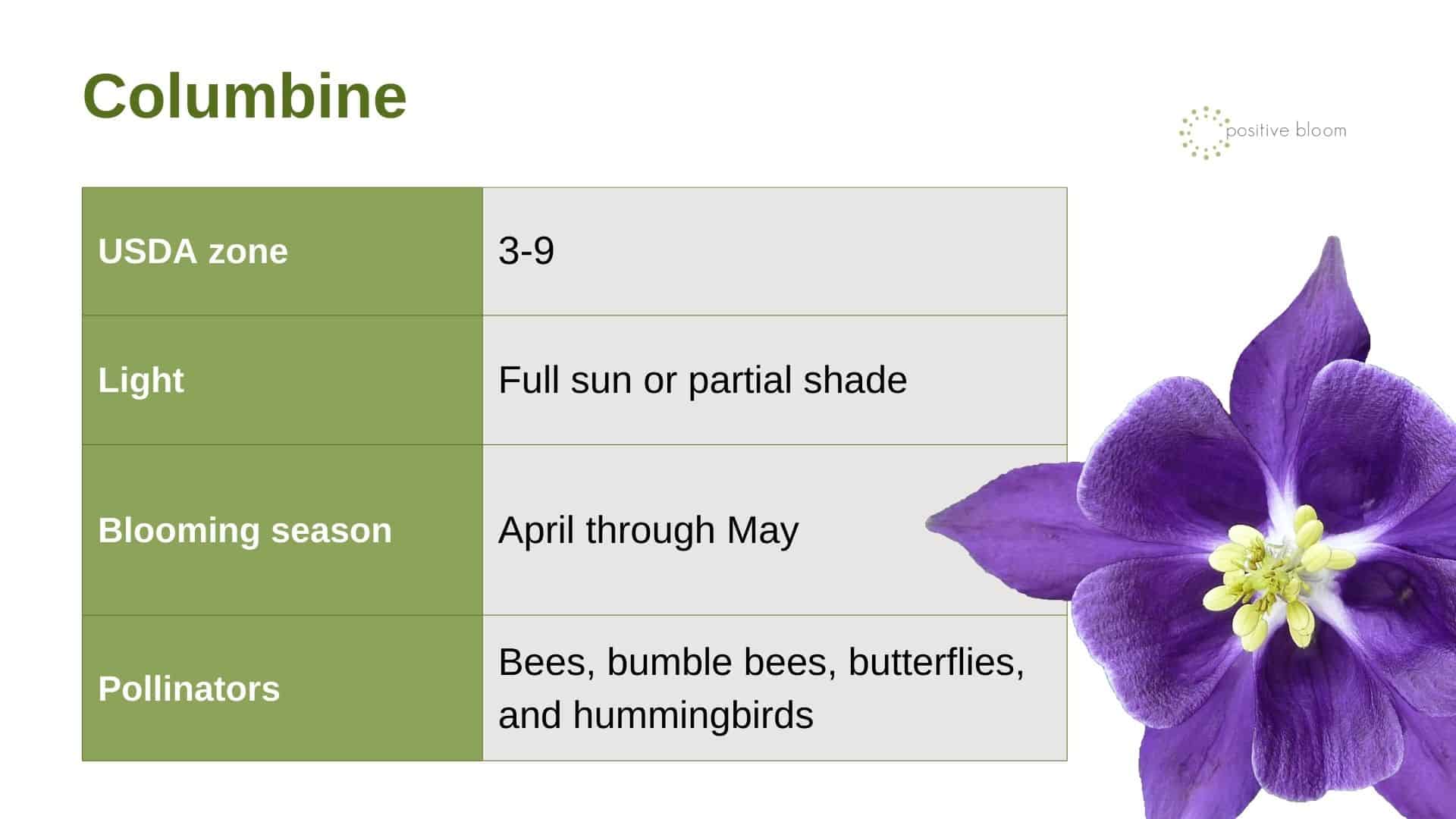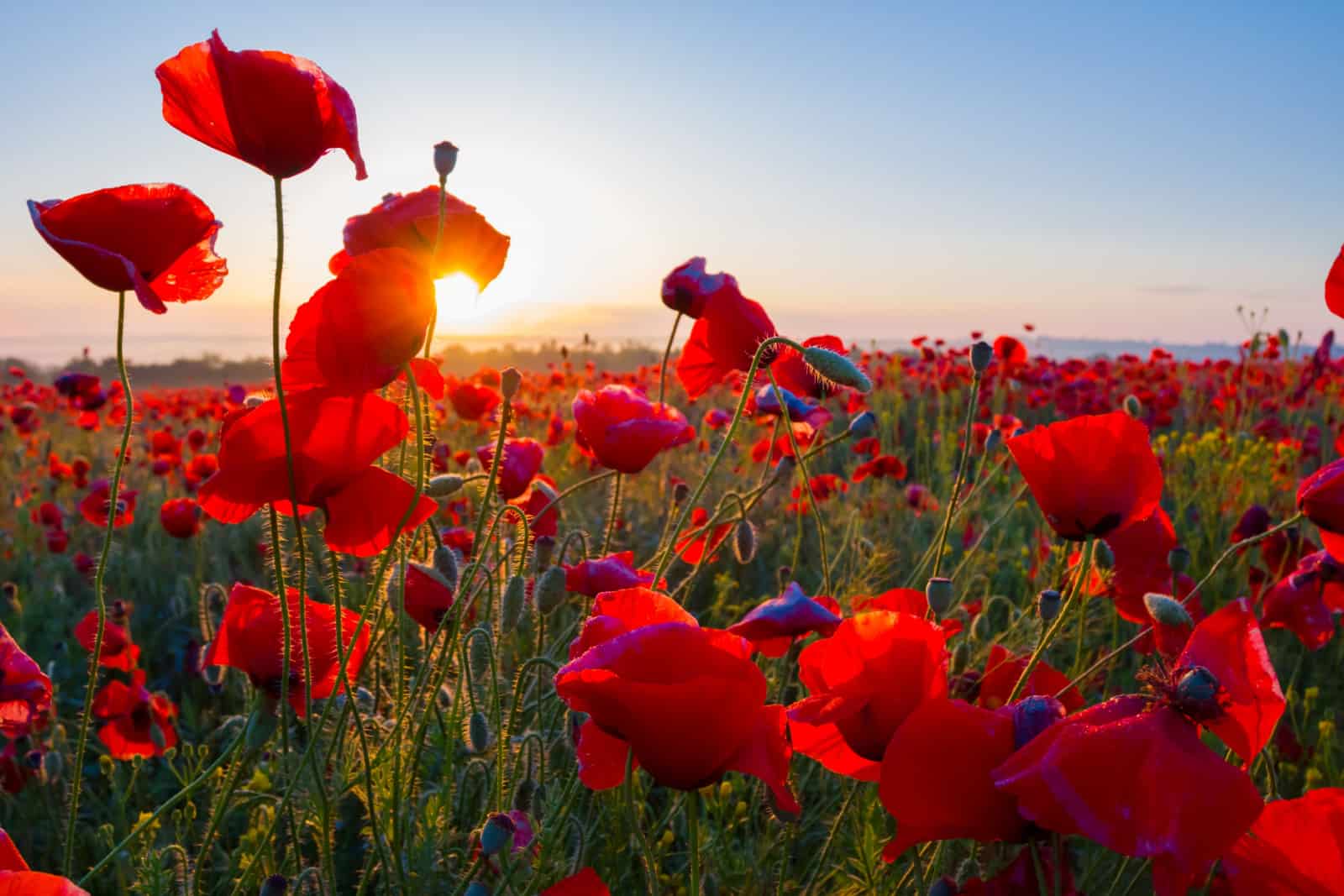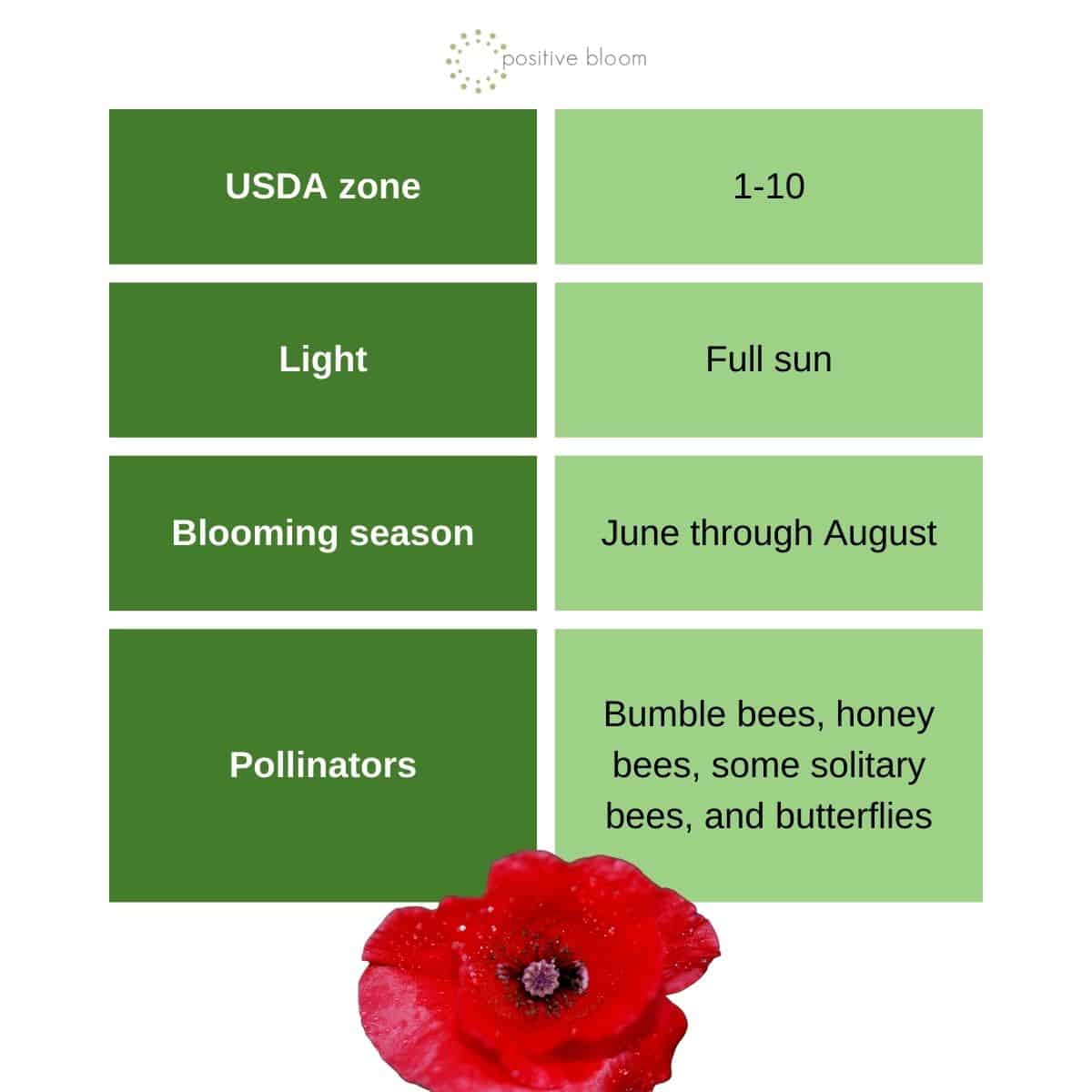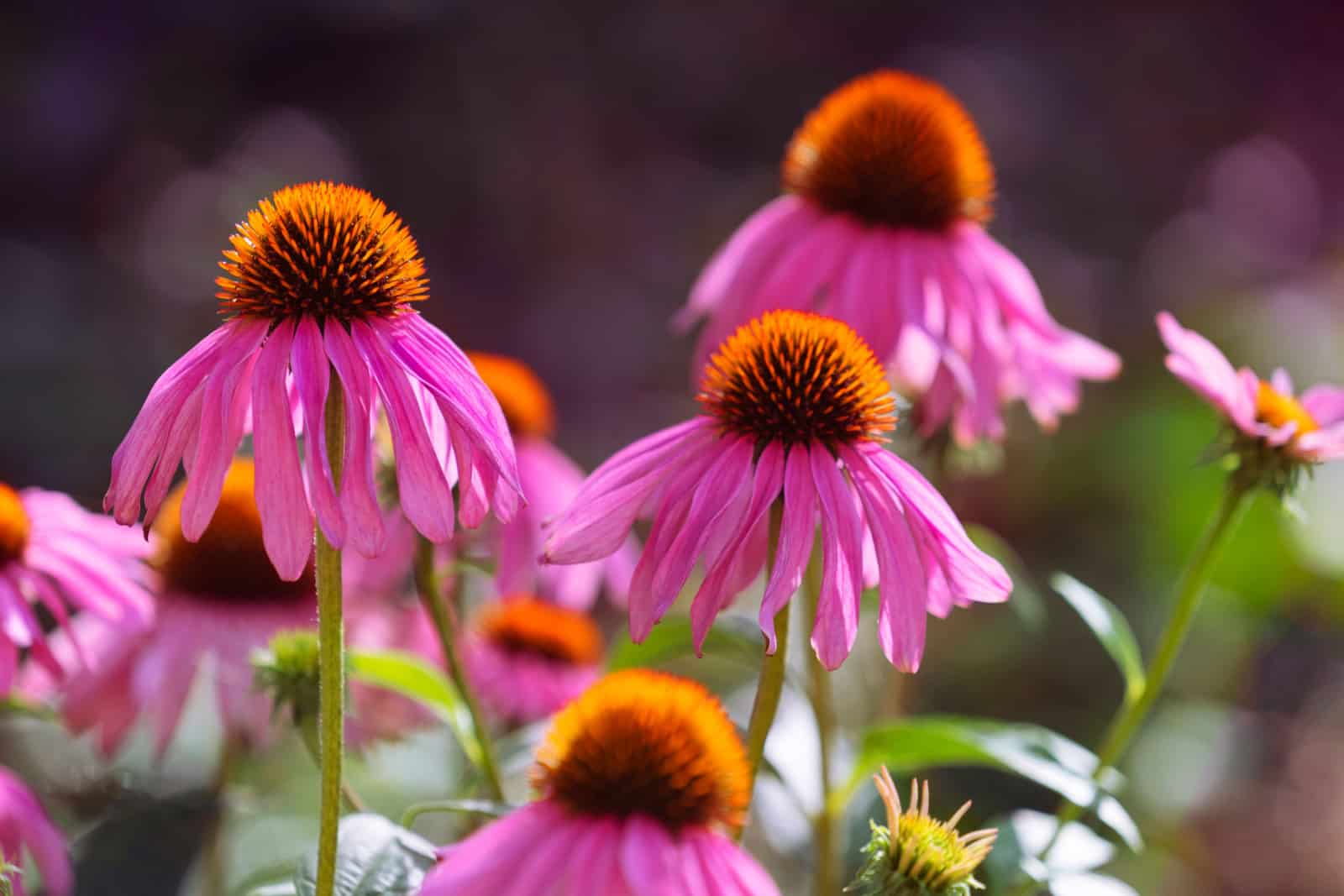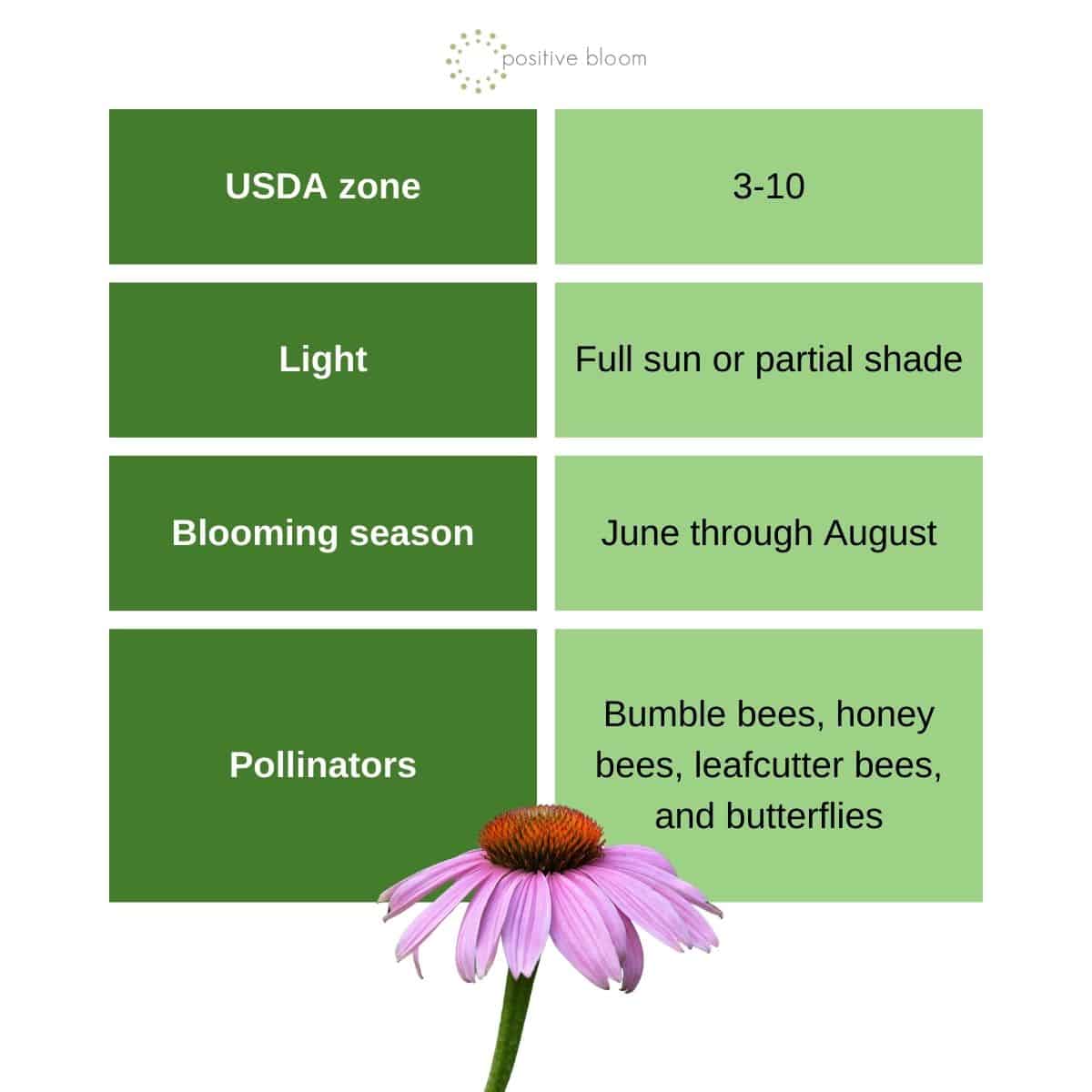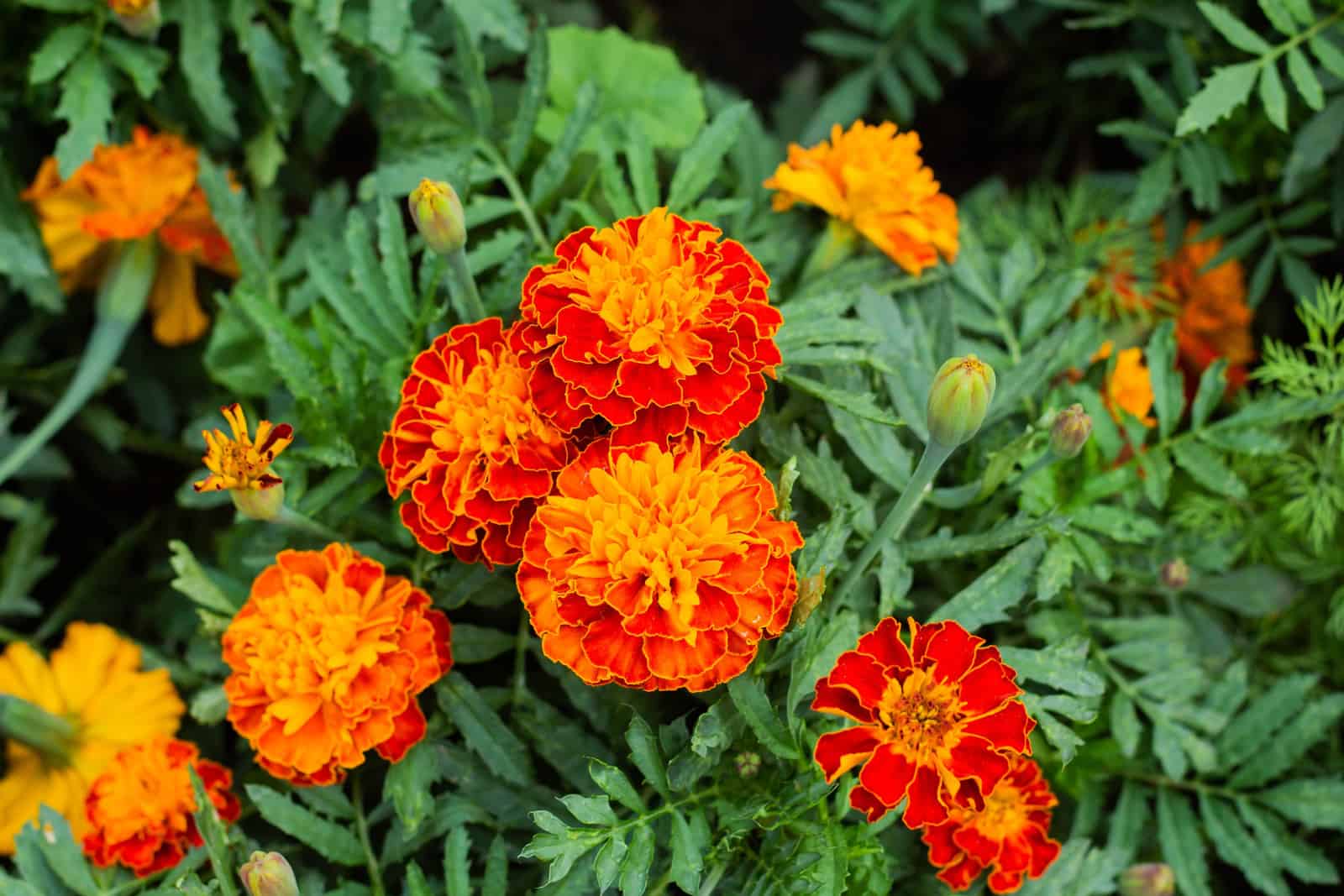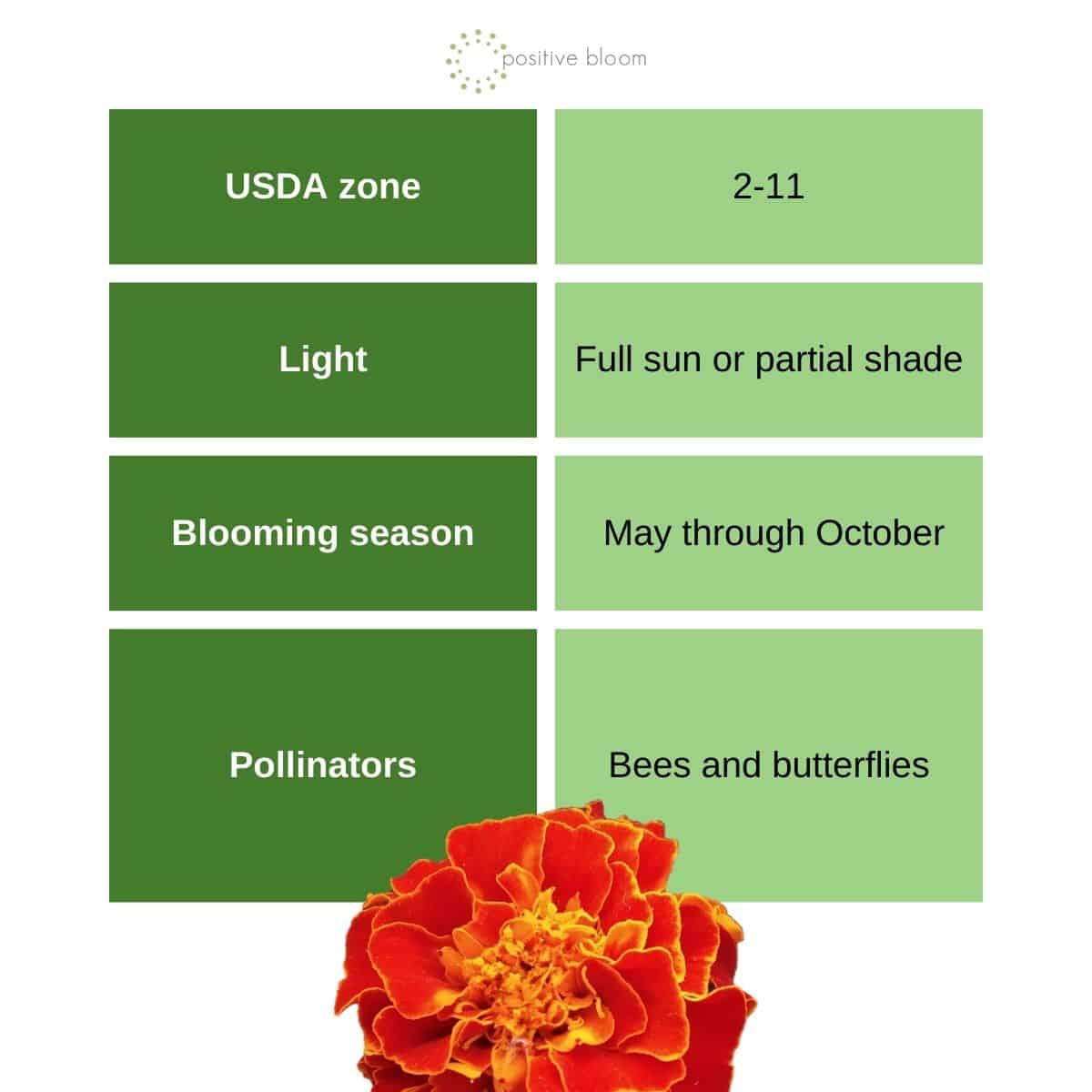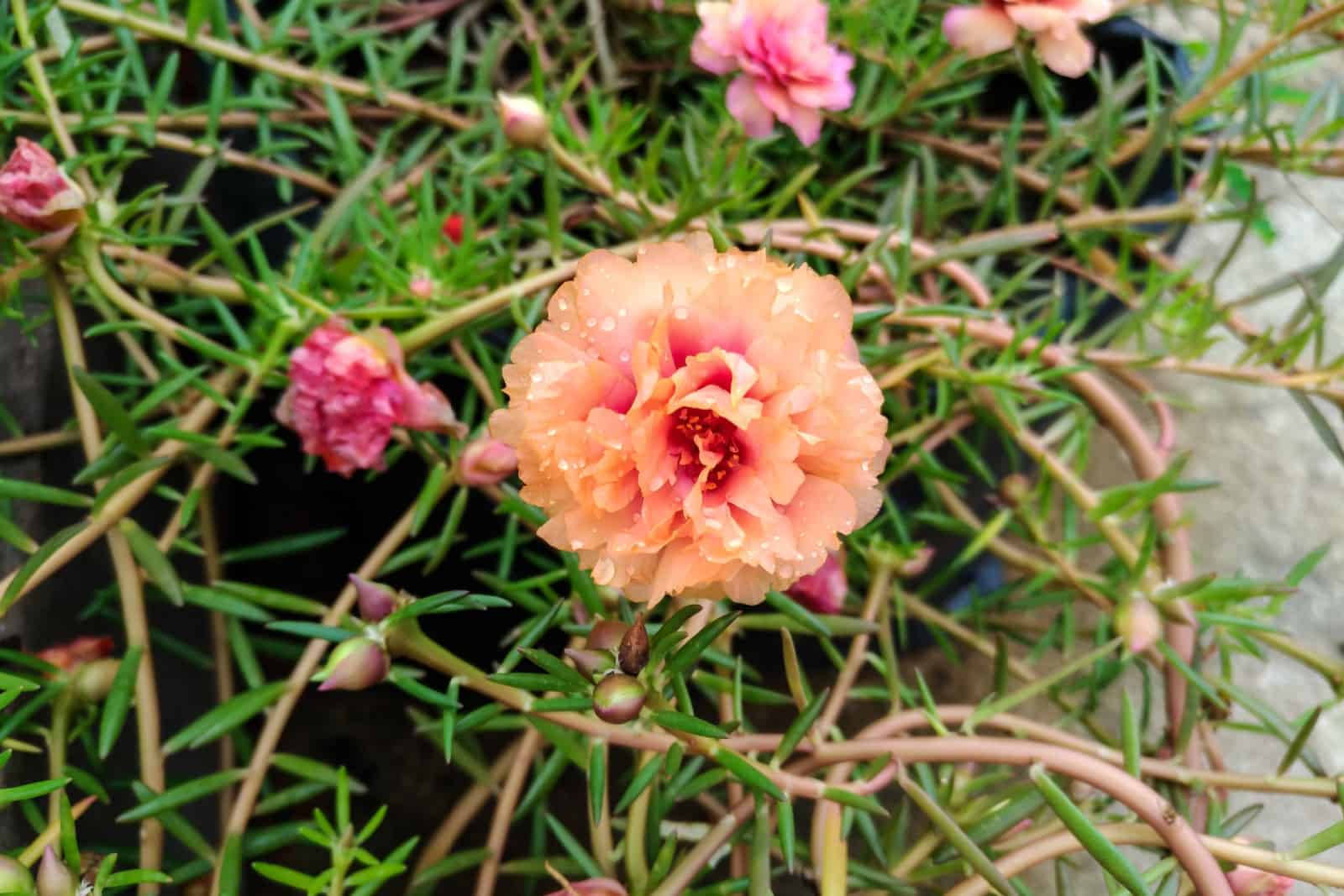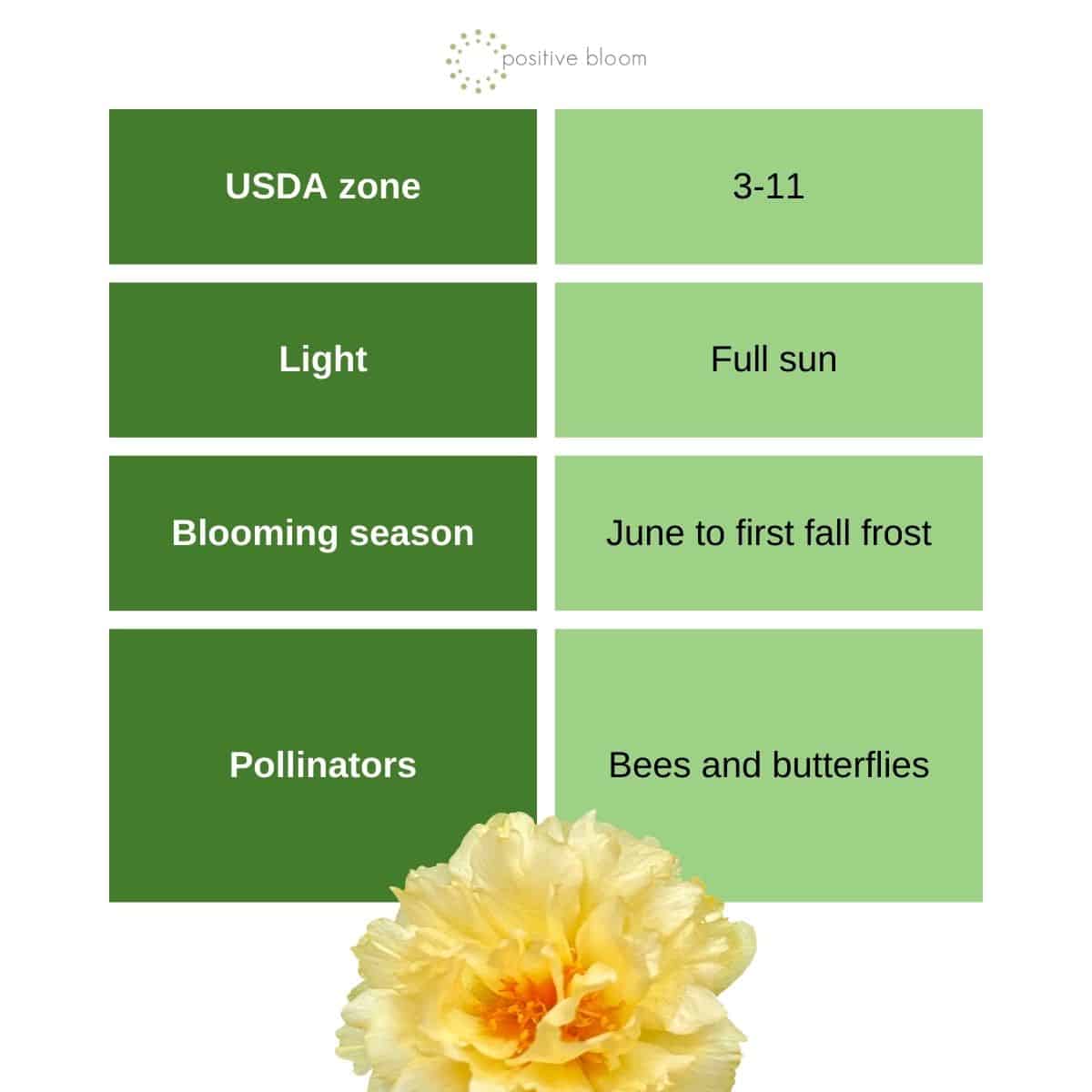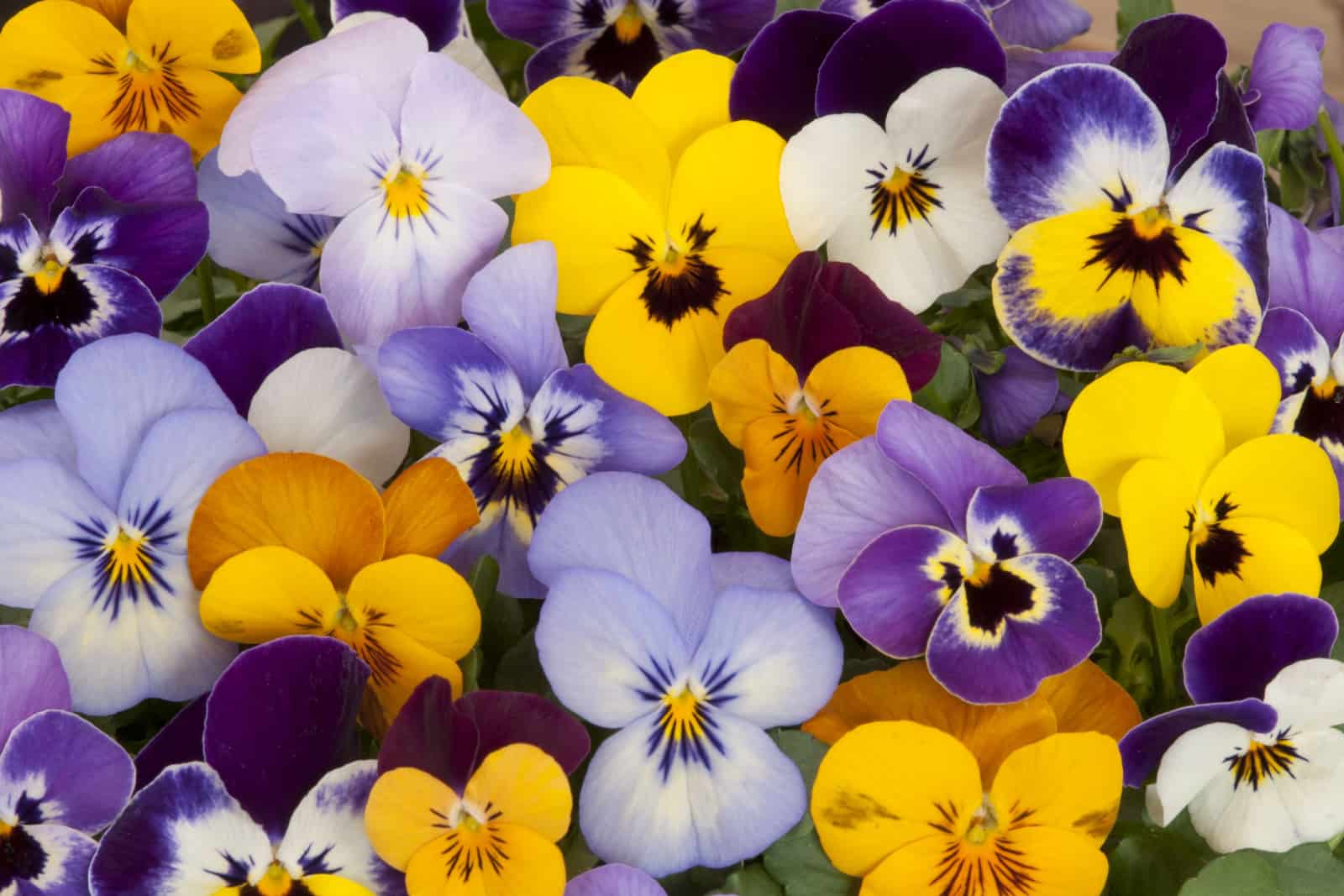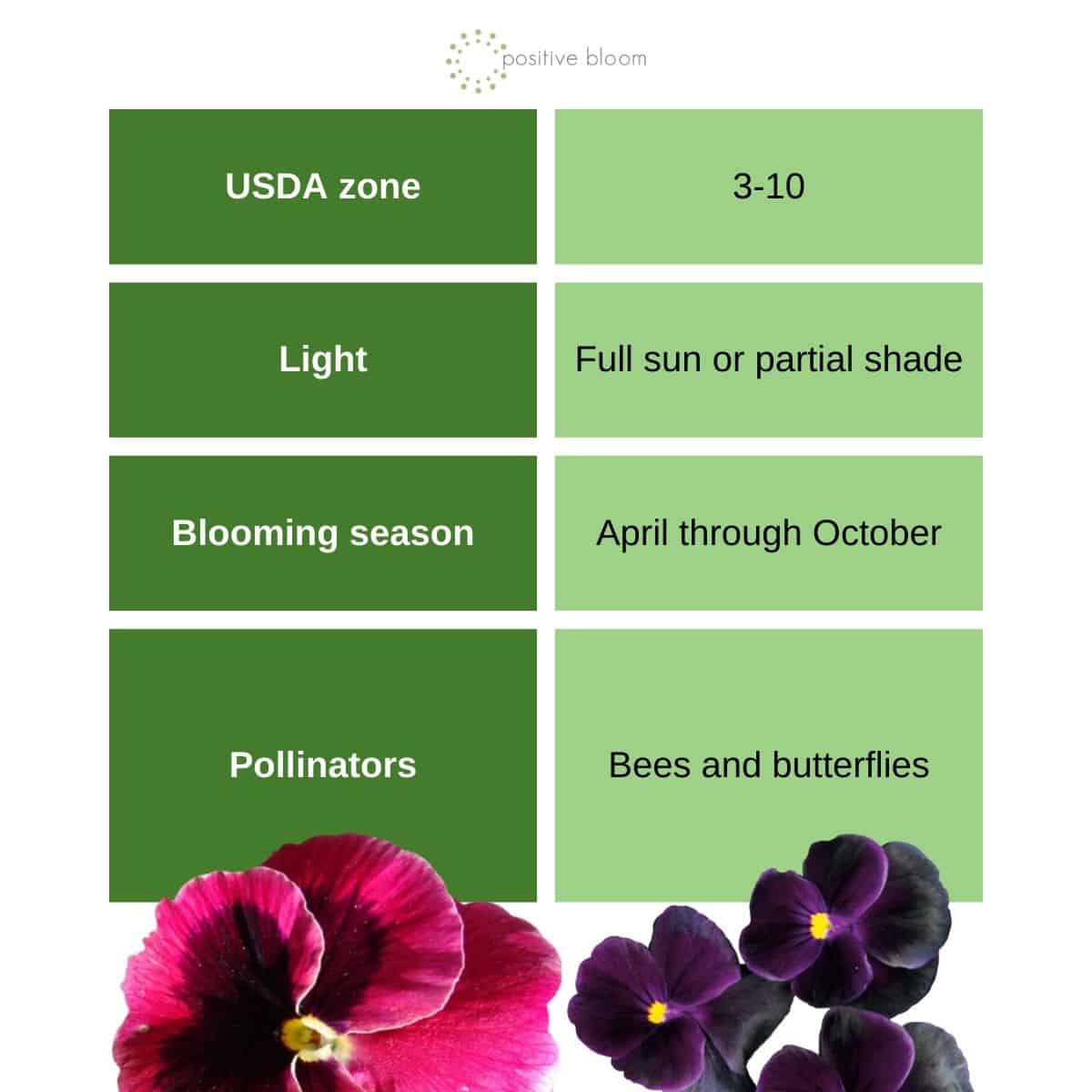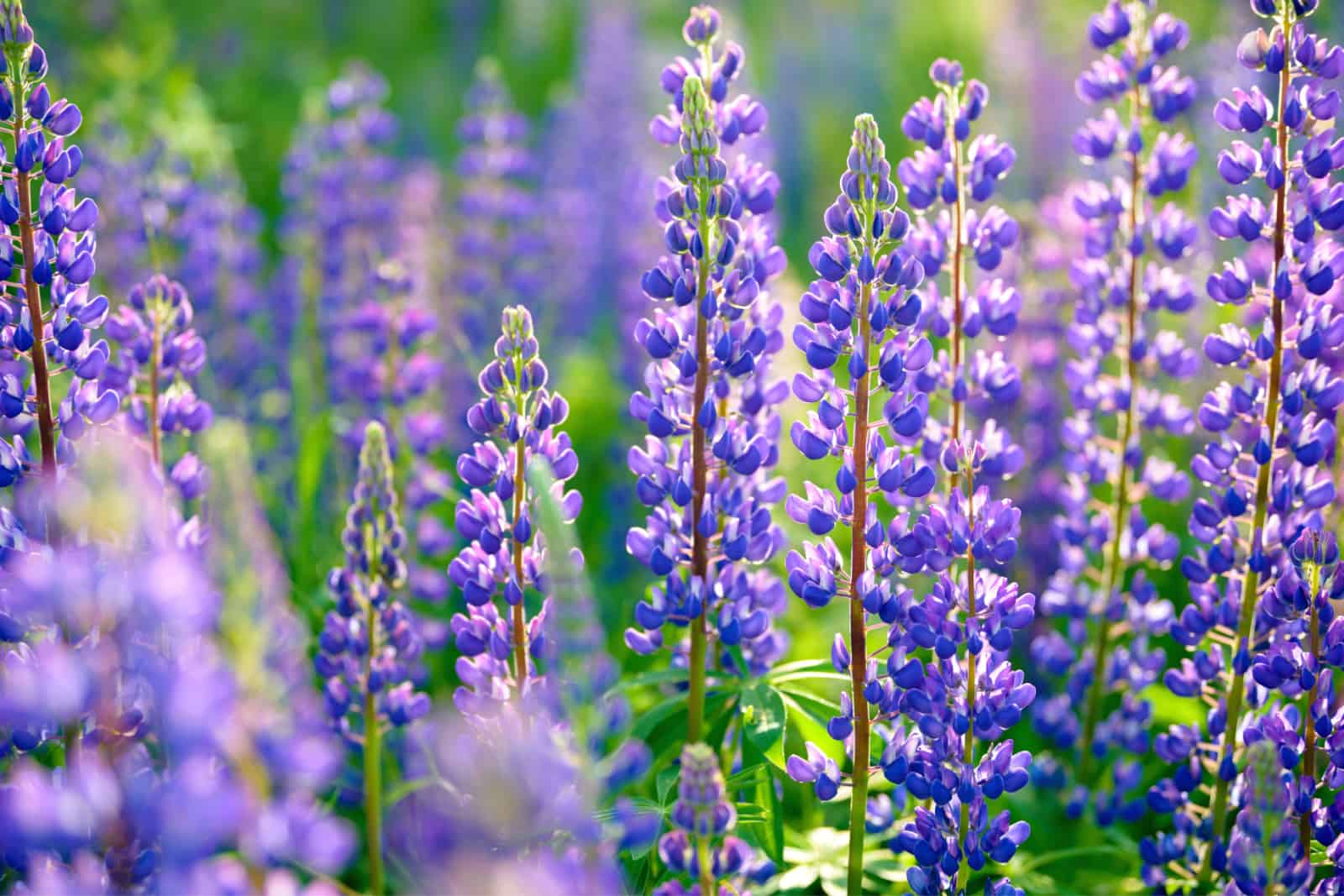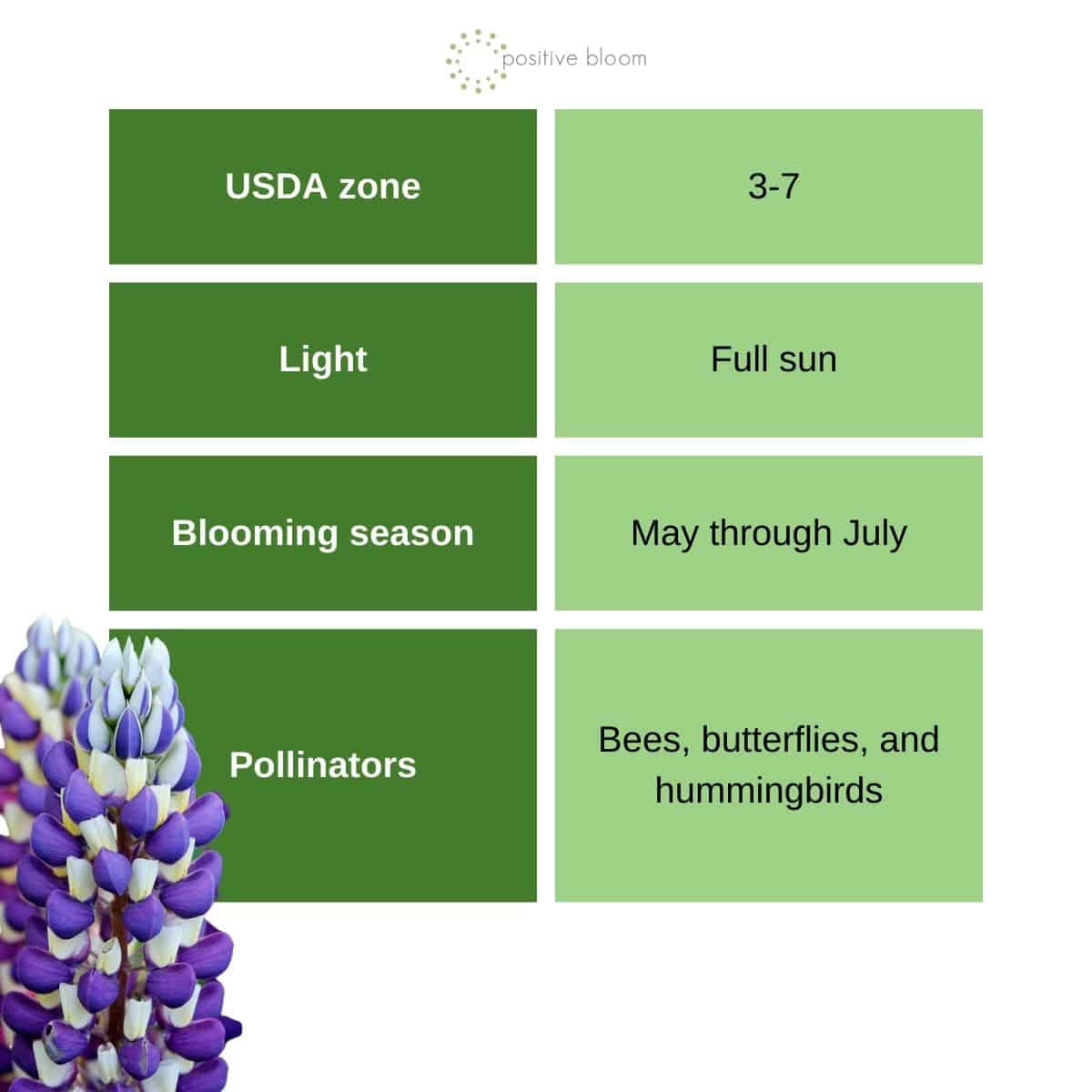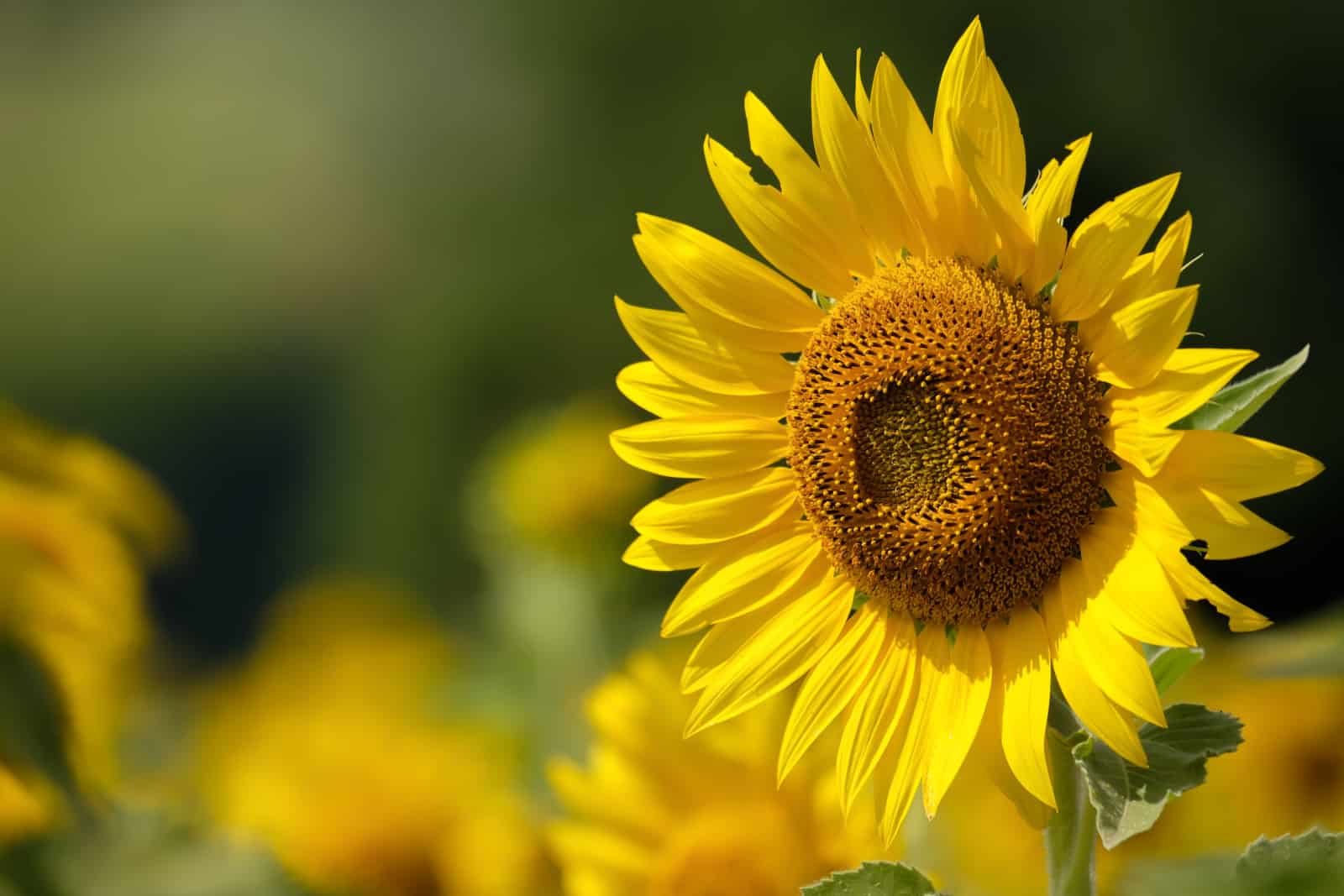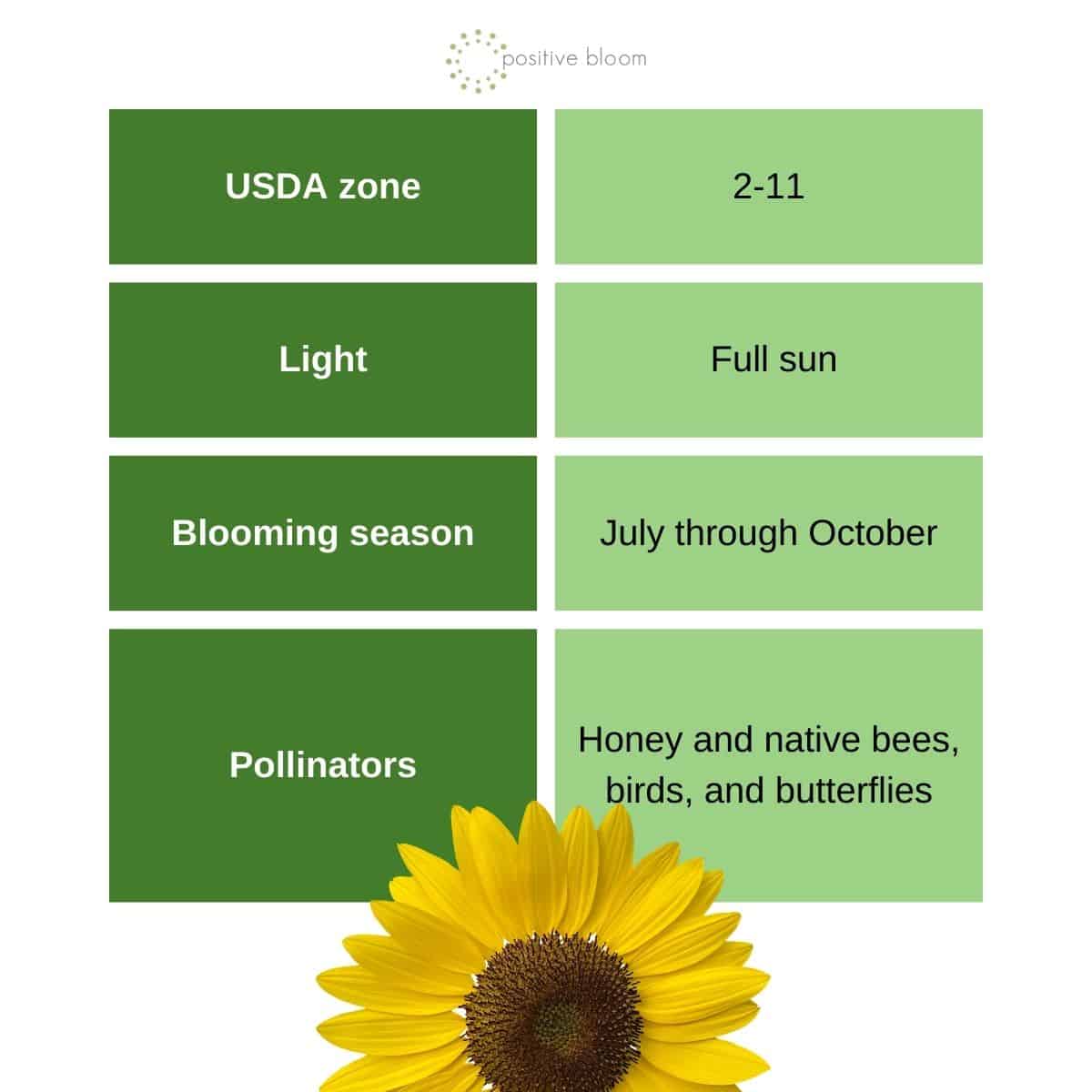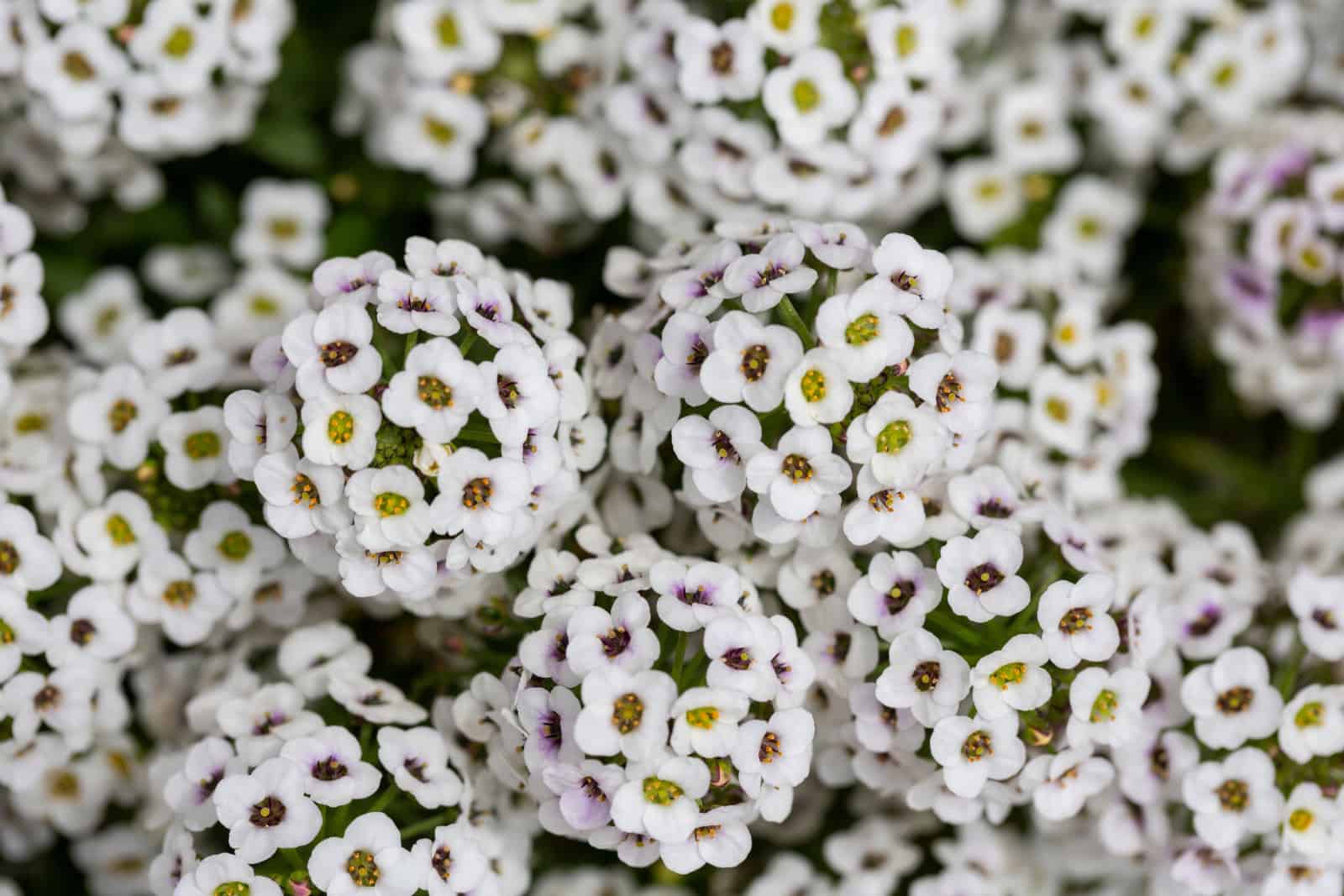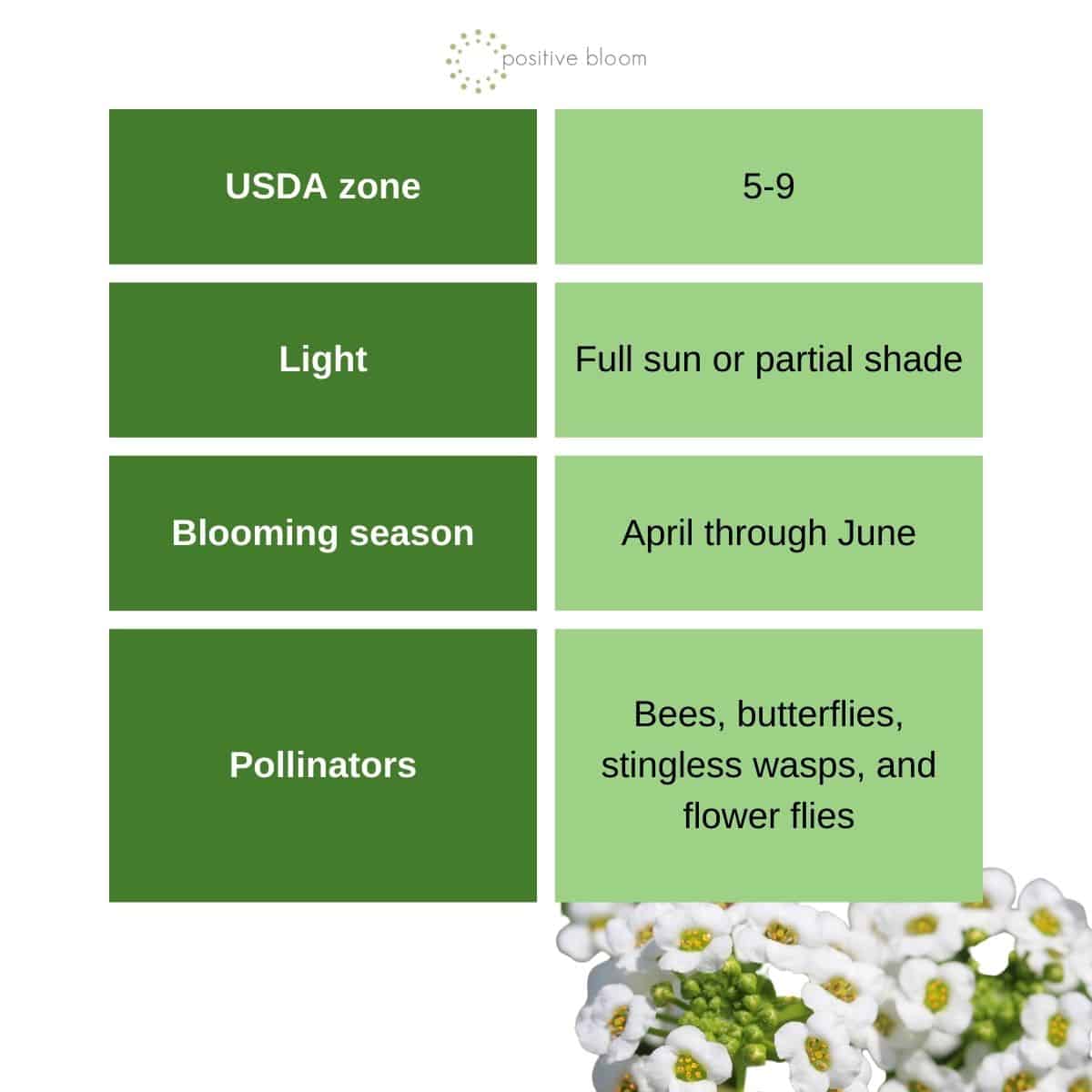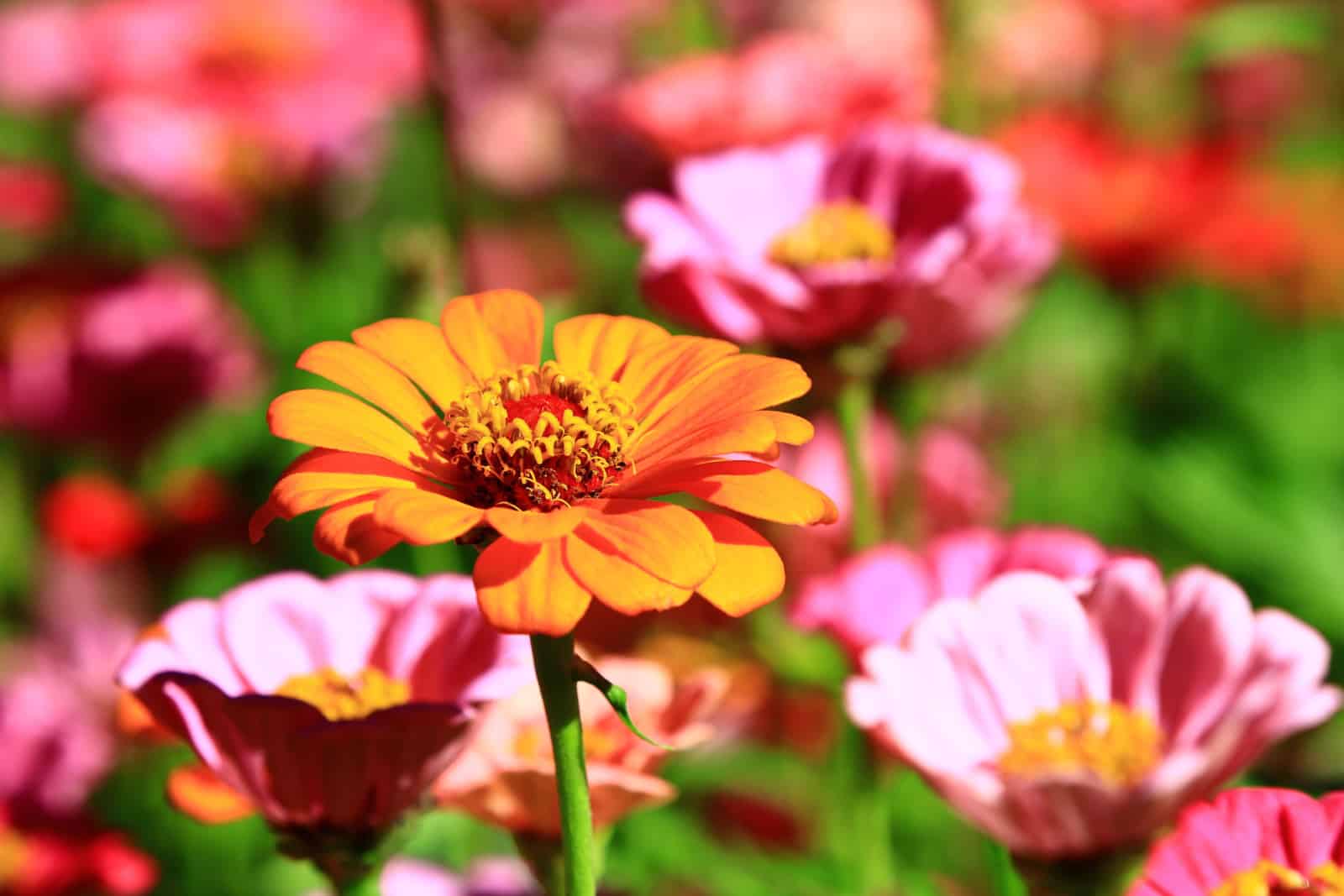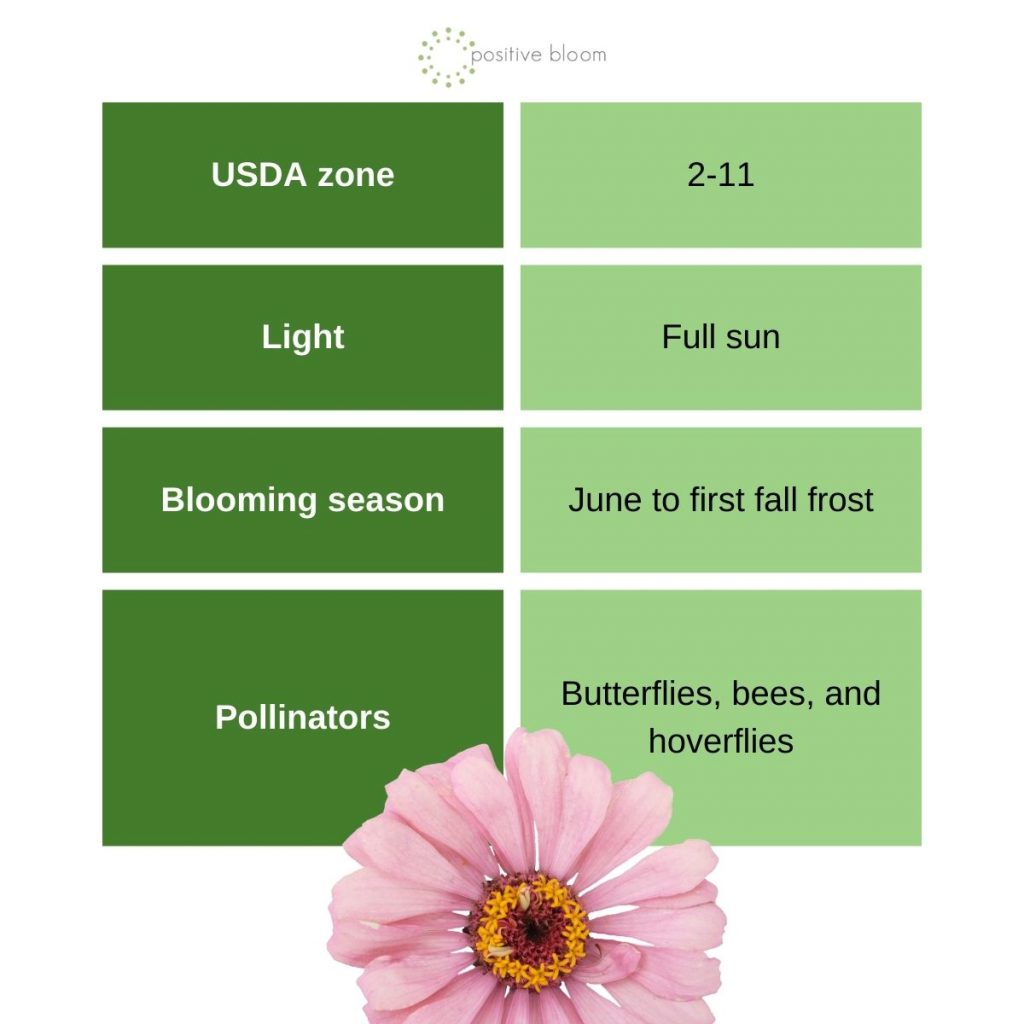If you want a colorful front yard, but don’t want to spend hundreds of dollars on landscaping, the solution couldn’t be simpler! Just sow the flower seeds directly into the ground and watch them work their magic.
It gets even better because many annuals and perennials will self-seed once they get established, so you only need to buy the seeds once.
And to get all fancy, you can include wildflower plants in your woodland style garden or combine other annuals and perennials for an all-season bloom.
Let’s take a closer look at some direct sow flower seeds!
1. Columbine
This woodland flower is native throughout the Northern hemisphere, coming in all sorts of colors. Its bushy appearance and large star-shaped blossoms make it a prime candidate for any rock garden or wildflower setting.
This plant doesn’t live that long, 3 years at most, but it’ll self-seed like crazy. It will naturalize in your yard, and you’ll only have to think of how to keep it in one place rather than how to plant it again.
Sow the seeds in spring, about a month before the last frost, and lightly cover them with some soil. They’ll germinate in about three weeks so you won’t have to wait too long to see if your operation was a success.
Top Tip: If you want to jump start the season, start the seeds indoors about 6-7 weeks prior to the last frost.
2. Common Poppy
The first thing I have to tell you about this wildflower is that it is on the list of self-seeding plants, so once you sow it, you won’t have to worry about it ever again.
It can thrive in various hardiness zones so it’s mostly grown as an annual, although it can be perennial in warmer regions.
The common, or red, poppy, is one of the most popular varieties out there. (That’s the one we see decorating fields of wheat!)
If you want more colors, you can go with other species such as the orange shades of the Oriental poppy or the mauve hue of the breadseed poppy. You can also incorporate some national varieties, such as Welsh, Moroccan, Icelandic, or Californian.
When it comes to planting, you’ll be glad to hear that all you need to do is sow the seeds outdoors before the last early spring frost. Sprinkle them around your yard, add a dash of soil on top of them, and in about a month you’ll catch a glimpse of young sprouts!
3. Coneflower
Coneflowers are tough wildflowers that won’t hold a grudge if you neglect them – in fact, they’ll thrive on it!
These plants come in a variety of colors, although the purple ones are the most common. They come year after year to decorate your yard and attract pollinators.
Simply choose an attractive cultivar, whether it’s white, yellow, or purple in shade with fluffy or double blossoms, and see how they change your entire garden.
Sow the coneflower seeds in August, and you’ll be able to admire the vibrant blooms in July and September the following year. Just scatter them around, sprinkle them with some soil, and they’ll germinate in about 3 weeks or less.
4. Marigold
These plants can handle cold pretty well, although they’ll showcase the prettiest flowers in warm conditions.
What I love about them is that they’ll self-seed all over your garden, so at the same time next year you’ll have a colorful garden with little-to-no hard work!. The only thing you’ll have to pay attention to is that it doesn’t spread all over your yard.
Marigolds are quite drought-tolerant, but you’ll have to grow them in loamy and loose substrates. They’ll also take care of root-knot nematodes and repel other pests, so don’t forget to add them to your vegetable garden too.
Sow the seeds directly outside from March to May, and you’ll have a beautiful flower display that same year. You can also plant the seeds in August and September to enjoy the colorful blooms come spring.
It takes the seeds about 4-10 days to germinate when the soil temperature is between 75-80°F.
5. Moss Rose
Moss rose is an annual in zones 3-9, but if you live in a warmer climate, such as USDA zone 10-11, you can try growing it as a perennial.
Its ruffled blossoms can be single, half-double, or fully double in form, and range from paler white and pink to more vibrant yellow, orange, and red shades.
They also don’t grow that tall (up to 8 inches), so they’re a perfect ground cover in rock gardens, smaller flower beds, or containers.
And since this species is native to the hot dry climates of South America, you can safely use it for inexpensive desert landscaping. It’s also fuss-free and, aside from good drainage, needs virtually nothing to succeed.
Sow the seeds after the last frost date in early spring, and the sprouts should appear in as little as 2 weeks. Just remember not to cover them with too much soil, and you’ll have nothing to worry about.
6. Pansy
This enormous genus includes various species and hybrids from all over the world that come in many different colors.
It all comes down to your needs; you can get wild pansies in clear tricolor patterns, or garden pansies, which are just a variety of wild ones with slightly different variegation.
To reduce post-planting issues, go with native species. Evergreen, sand, and bird’s foot violets are native all over North America, although the last one is more suited for the sandy regions of central and eastern areas than the other two.
Sow this short-lived perennial either in spring or fall and lightly cover them with growing medium. The seeds take between 1 and 3 weeks to germinate, although it may take a bit longer, depending on the soil temperature.
* To enjoy the flowers the same spring you sow your pansies, start the seeds indoors in February or 8-10 weeks before transplanting them outdoors.
7. Perennial Lupine
Lupines aren’t just attractive because of their pyramidal flower head, they also have nitrogen-fixing abilities so they keep your soil rich in this nutrient. Pretty cool, huh?
And since most of these plants are native to North America, you won’t have to worry about them overtaking your entire yard. There are also so many species and hybrids that you’ll definitely find a color suitable for your garden.
Sow the lupine seeds in fall or spring. If you plant them in late fall, you’ll be able to enjoy their profound blossoms in spring.
For spring planting, make sure to sow the seeds about a month or 6 weeks before the last frost date, even though the blooms will appear later in the summer or even the following year.
Top Tip: For a higher success rate, soak the seeds in water for about 24 hours before sowing. After about 2-3 weeks (or 2 months in colder climates) you’ll notice some sprouts.
8. Sunflower
There are plenty of sunflower companion plants that will add more rustic glamor to your garden, and you can also plant these golden flowers all on their own.
The dark brown disks crowned with yellow petals are a common sight all over North America, and since they self-seed, it won’t bother you that they’re annual. They’ll reappear the following year just as if you had sowed them yourself.
It is also a wildflower, albeit a more sophisticated one, so you won’t have to tend to it that much. It’ll tolerate poor soils, drought, and heat with ease.
Wait until all danger of spring frost has passed to sow the seeds. They should germinate in about a week, and you’ll be left with a grown plant in the blink of an eye.
Pro tip: Save some seeds for the next year or give them as a unique gift for your friends and family.
9. Sweet Alyssum
Sweet alyssum is an annual in colder climates, but it can have a short perennial life in warmer regions. It’ll also self-seed, but sometimes these flowers can be of lower quality so I’d urge you to plant them anew if you want your rock garden to be in full bloom.
Sweet alyssum will attract all sorts of wildlife, but it will demand higher care than most of the other plants on this list. You’ll have to give it an inch of water per week, which includes regular irrigation if you don’t live in a rainy environment.
Sow the seeds in early spring to early summer, or even in fall if you live in a climate with warm winters. This plant doesn’t mind some cold and will put on the prettiest display in moderate conditions.
When you plant the seeds, slightly cover them with some substrate and keep the medium moist to encourage germination. In about 1-3 weeks, you’ll notice some sprouts.
10. Zinnia
These annuals are perfect for any pollinator garden as they remain in bloom from June until fall. They come in many different shades, so they’ll definitely inspire you to get an all-wildflower garden section. Or at least that’s what happened to me!
There are also various zinnia companion plants you can use to attract even more pollinators and predators for easier pest control, and the improved look of your vegetable garden or tomato bed is a cherry on top!
The only difficult thing is choosing the right one. They can have pom-pom-like flower heads, or look more like daisies, cactus blossoms, or dahlias.
Once you choose your seeds, simply sow them into your garden after the last spring frost and sprinkle them with some growing medium.
They are a no-fuss flower and will sprout within about 5-24 days. Afterwards, you can forget you even have them. They handle heat and drought like champs, just plant them in a substrate with adequate drainage since they hate being overwatered and in soggy soil.

